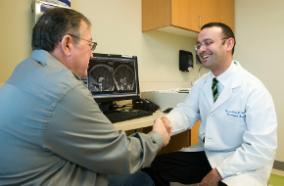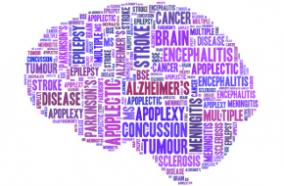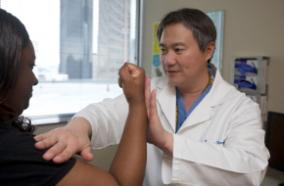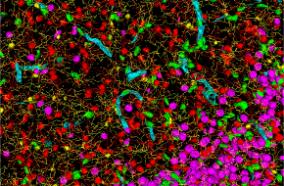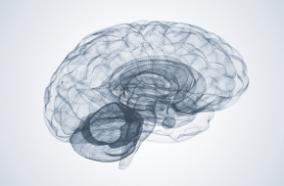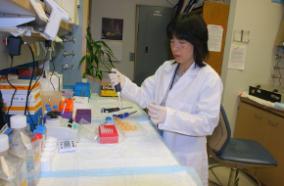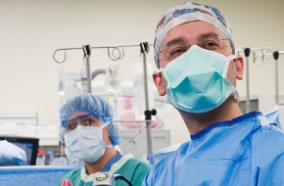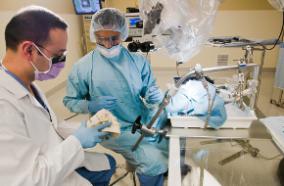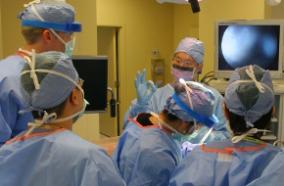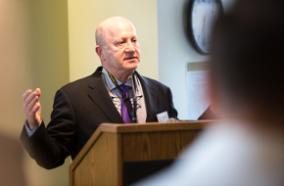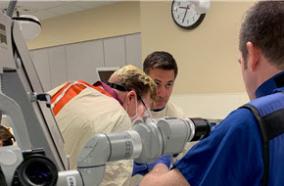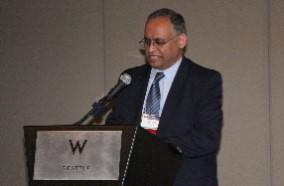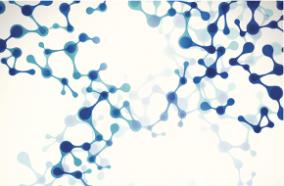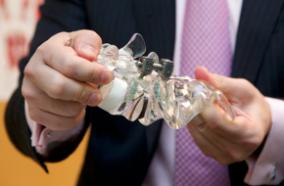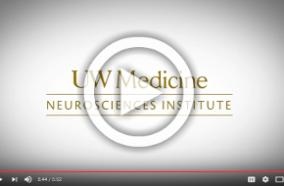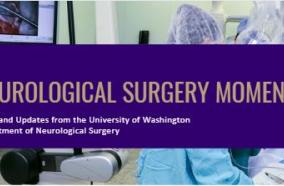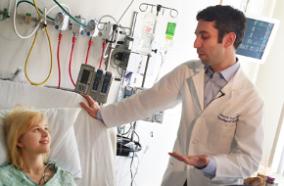Senescent mesenchymal stem cells remodel extracellular matrix driving breast cancer cells to more invasive phenotype.
Senescent mesenchymal stem cells remodel extracellular matrix driving breast cancer cells to more invasive phenotype.
J Cell Sci. 2020 Jan 13;:
Authors: Ghosh D, Mejia-Pena C, Quach N, Xuan B, Lee AH, Dawson MR
Abstract
Mesenchymal stem cells accumulated in tissue specific sites are essential for the regenerative process; however, biological aging and environmental stress can induce senescence - an irreversible state of growth arrest - that not only affects the behavior of cells but also disrupts their ability to restore tissue integrity. While abnormal tissue properties including increased extracellular matrix stiffness are linked with the risk of developing breast cancer, the role and contribution of senescent MSCs to the disease progression to malignancy are not well understood. Here, we investigated senescence associated biophysical changes in MSCs and how they influence cancer cell behavior in a 3D matrix interface model. Although senescent MSCs were far less motile than pre-senescent MSCs, they induced an invasive breast cancer phenotype, characterized by increased spheroid growth and cell invasion in collagen gels. Further analysis of collagen gels using second harmonic generation showed increased collagen density when senescent MSCs were present, suggesting that senescent MSCs actively remodel the surrounding matrix. This study provides direct evidence of the pro-malignant effects of senescent MSCs in tumors.
PMID: 31932504 [PubMed - as supplied by publisher]

